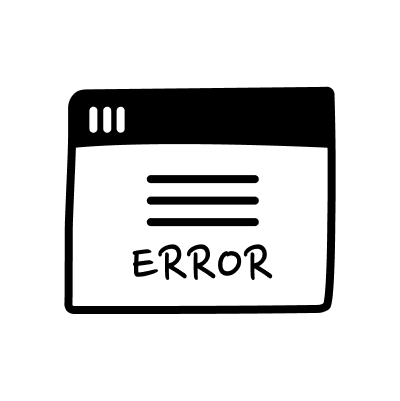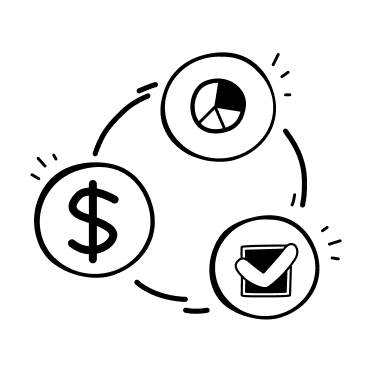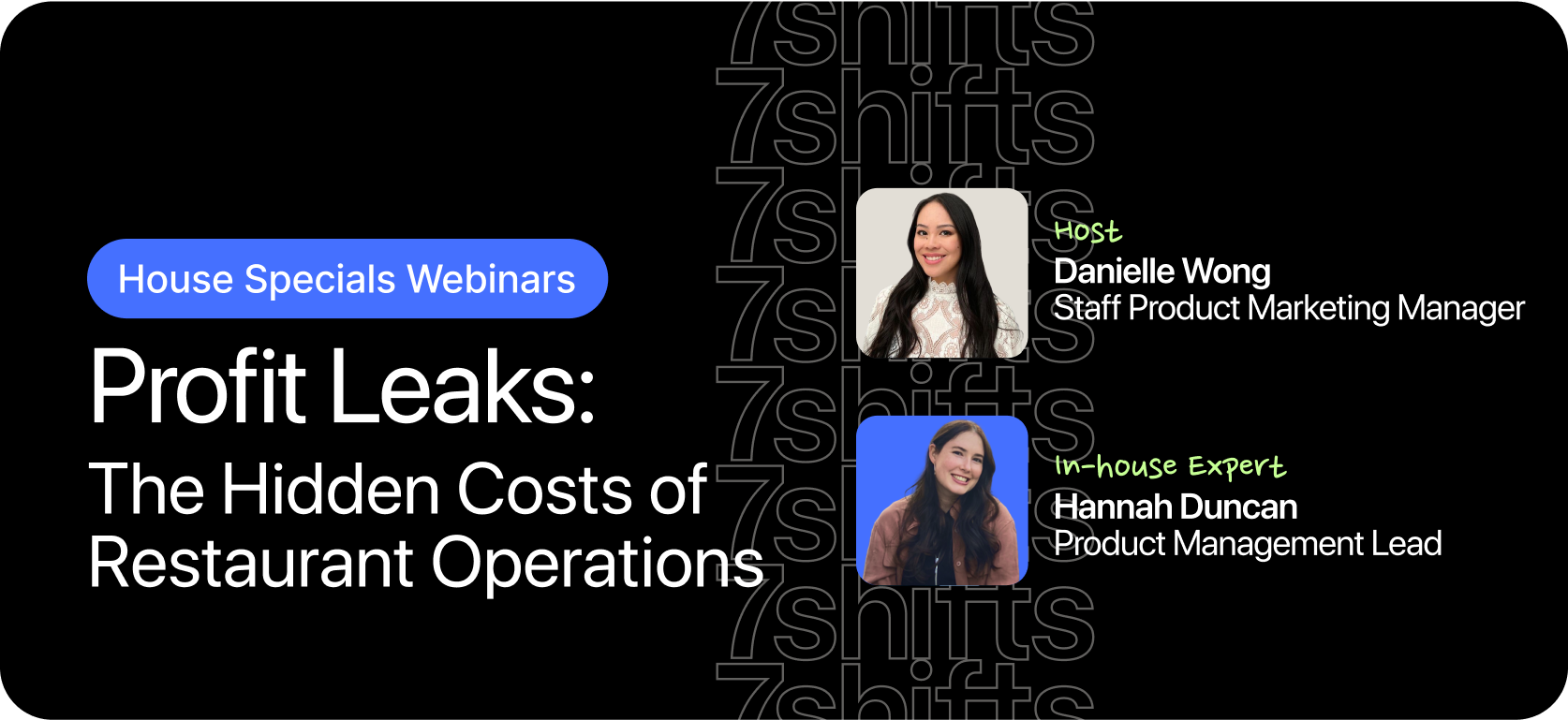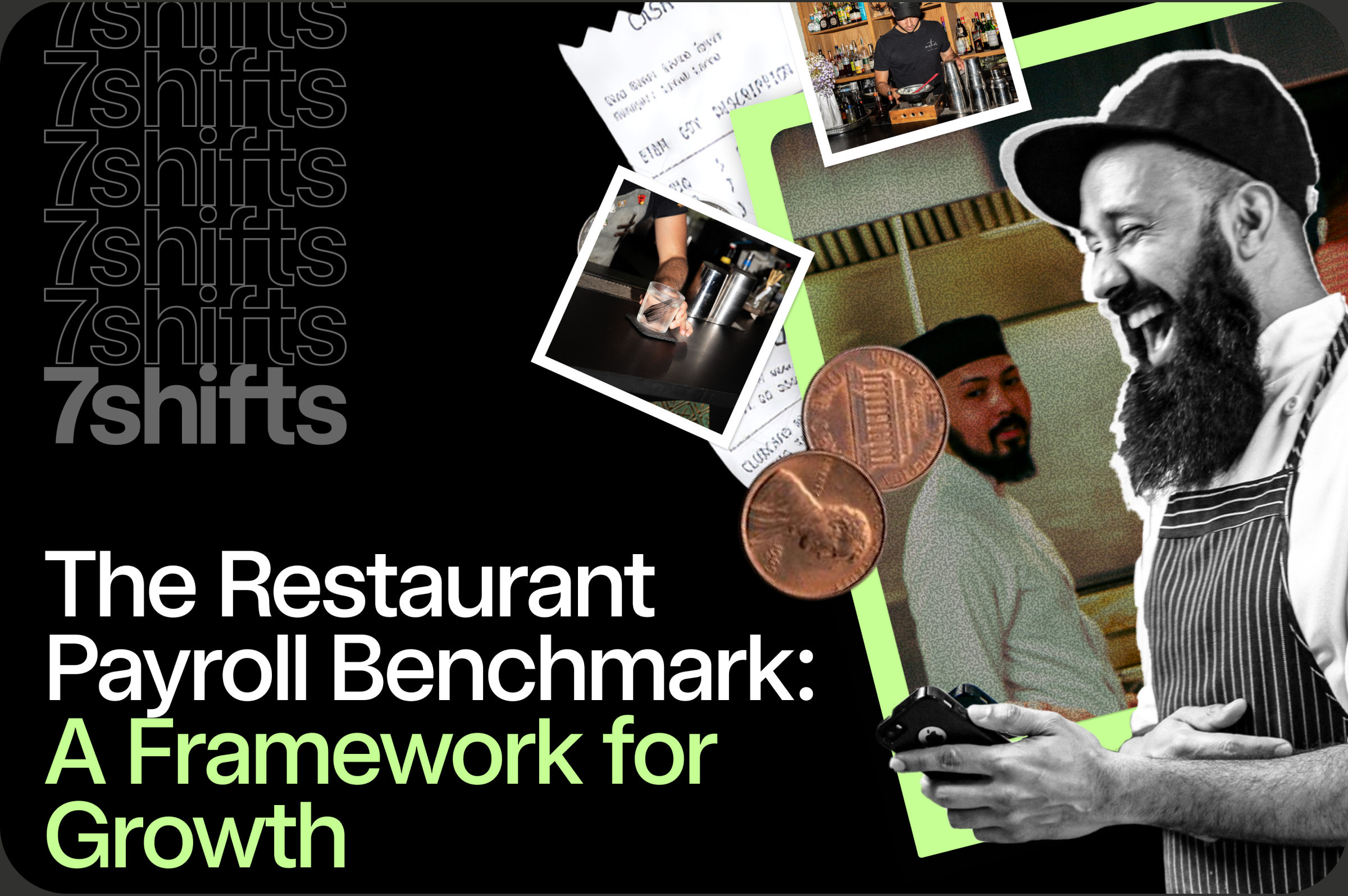|
|
|
|
|
Earlier this month, we broke down the four stages of digital maturity in restaurant tech. Now we’re back with the payroll version: The Restaurant Payroll Benchmark. Payroll directly impacts your staff (including their trust in you), your labor costs, and your compliance… three areas you can’t afford to get wrong.
Read on to see where your restaurant stands now and how to get the framework for growth.
|
|
 |
BY THE NUMBERS
|
|
|
Outdated payroll doesn’t just drain your wallet with a monthly software bill—it comes with hidden costs that sting way worse. Think: frustrated staff, uncontrolled costs, and stalled growth. And the numbers back it up—check out these survey results from 500+ operators:
|
 |
34%
Feel payroll is time-consuming, making it a top pain point |
|
 |
46%
Still rely on basic software with manual oversight to handle tricky tax and compliance rules |
|
 |
51%
Are investing in new payroll tech to improve accuracy and reduce errors |
|
|
 |
REALLY BIG INSIGHT
|
|
|
|
“My compliance system is a sticky note on my monitor.”
32% of restaurants are still running payroll with paper timesheets or notebooks—basically doing napkin math with people’s paychecks. Another 24% keep track of breaks manually. Sure, you may have hands-on control, but it’s a massive time suck, prone to errors, and a compliance risk waiting to happen.
Restaurants in this stage:
👉 Track time on paper timesheets with handwritten adjustments
👉 Manually enter all hours in a spreadsheet (or basic payroll system)
👉 Calculate and distribute cash tips based on daily reports
👉 Manage compliance through memory or manual checks
👉 Understand labor costs only after payroll is complete
|
|
|
“I use software, but nothing talks to each other.”
Admins track time in the POS… then export it… then clean it up in spreadsheets… only to retype it into payroll. Reality is, 31% of restaurants are still typing every employee’s hours into the system. And yes, this is more advanced than paper sheets, but it’s still manual, full of errors, and leaves you stuck as the middleman.
Restaurants in this stage:
👉 Use the POS as a basic, disconnected punch clock
👉 Move data through manual spreadsheet exports and imports
👉 Calculate tip sharing with complex Excel formulas
👉 Rely on basic POS break alerts—but oversight is still on operators
|
|
|
STOP PROFIT LEAKS & MASTER LABOR COSTS
|
|
|
Labor is your biggest expense—are hidden errors cutting into your profits?
Register to join our upcoming live webinar on October 20, at 11am PT / 2pm EST for a practical playbook to spot and fix costly mistakes in your labor operations.
You’ll learn how to:
- Eliminate errors from manual data entry, tip-outs, and compliance rules
- Schedule smarter to control overtime and reduce labor costs
- Unify team data to simplify operations and improve ROI
Even if you can’t attend, register anyways. We’ll send you the recording after!
|
|
|
|
“I’m starting to connect the dots, but I still have to double-check everything.”
This is where your tools start talking. Time-clocking is connected to your scheduling software, which flows into payroll (mostly) automatically. You’re saving hours and cutting obvious errors, but you’re still stuck double-checking data and handling exceptions. Basically you’re building trust in your tech, while being the last line of defence.
Restaurants in this stage:
👉 Use a digital time clock, synced with scheduling software
👉 Transfer data to payroll semi-automatically (still requiring manual review)
👉 Automate tip pool calculations (while payouts may still be manual)
👉 Receive compliance alerts from software to stay on track
👉 Monitor labor costs in real-time, making smarter decisions
|
|
|
“My systems run themselves, so I can focus on my team and my guests.”
This is the dream setup: everything’s connected—schedule, time clock, payroll—data all flowing automatically with zero manual entry. Payroll goes from a 4-hour grind to a 10-minute review. You’ve got tools keeping you compliant and analytics forecasting labor costs before they hit. And with all the admin work off your plate, you can get back to running your restaurant.
Restaurants in this stage:
👉 Flow time tracking data automatically from scheduling to payroll
👉 Process payroll in minutes without manual data entry
👉 Offer instant tip distribution and financial wellness tools for the team
👉 Automate compliance to prevent violations from happening
👉 Use predictive labor analytics to control costs proactively
|
|
|
DOWNLOAD THE FULL REPORT
|
|
|
Ready to take your restaurant’s payroll to the next stage? Get the full report for free–packed with more insights and real-life stories of payroll success.
|
|
 |
À LA CARTE
|
|
|
|
|
 |
QUOTABLE
|
|
We’ll leave you with one last quote from Kevin Yu of 2d Restaurant, which pretty much sums up why nailing payroll (and moving up the benchmark) really matters:
“Payroll, personally, for me—it’s the most important operation in the hospitality business. It is not only the largest single expense for us on a weekly basis, but also the most important tool of retention. Without proper payroll, I mean, that’s going to dramatically affect your retention.”
|
.png)










